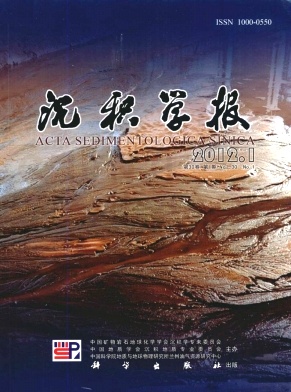Brief Introduction on New Advances on the Origin of Ooids
- Publish Date: 2012-02-10
-
Key words:
- microbial action
Abstract: The origin of ooids represents a sedimentogical problem like an enigma. On the basis of experiment studies, Brehm et al. (2006) concluded that the ooid can be analogical to the stromatolite, i.e. the ooid is the product resulted from the activities of a special spherical microbial mat. Recently, studies on modern ooids in Bahamian Archipelago by Duguid et al. (2010) indicate that microbes do not play a role in ooid formation; thus, a new chemical model for the ooid formation has been proposed, i.e. whereby a veneer of ACC precipitates on an ooid while it is at the sediment water interface (the active phase) and this veneer of ACC later recrystallizes to aragonite needles and a new cortex layer is formed (the stationary phase). Two different views represent the new advances on studies of the ooid origin. Whereas, the particular microscopic fabrics for both the giant ooids of the lower Triassic in south China and the ooids of the Cambrian in north China provide more supporting evidence for the microbial origin of the ooid formation.
| Citation: | Brief Introduction on New Advances on the Origin of Ooids[J]. Acta Sedimentologica Sinica, 2012, 30(1): 20-32. |






 DownLoad:
DownLoad: